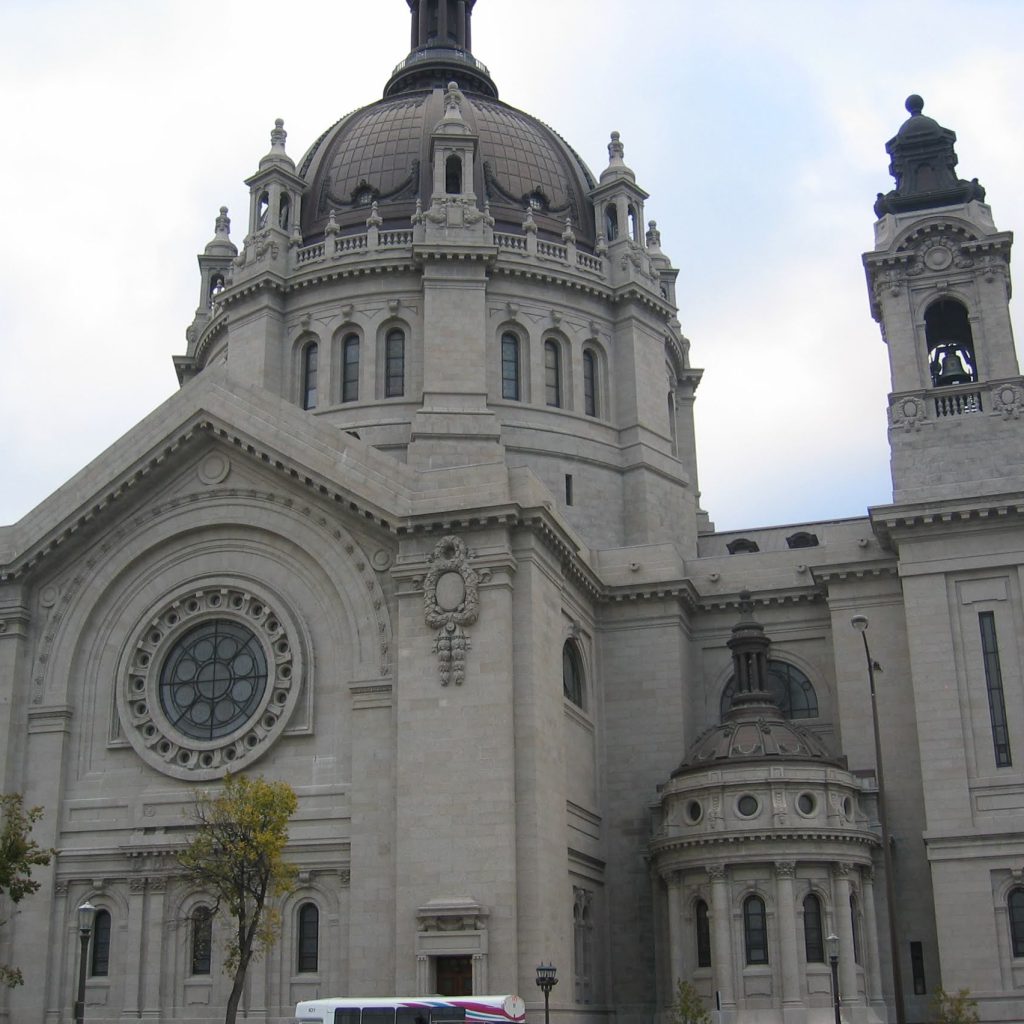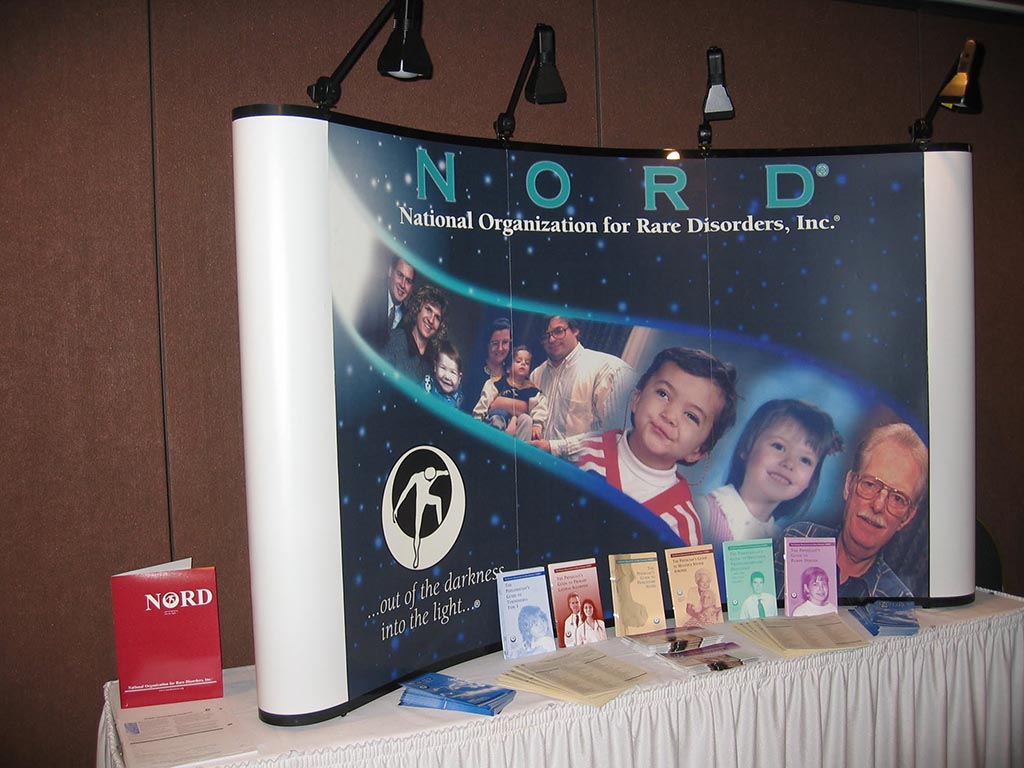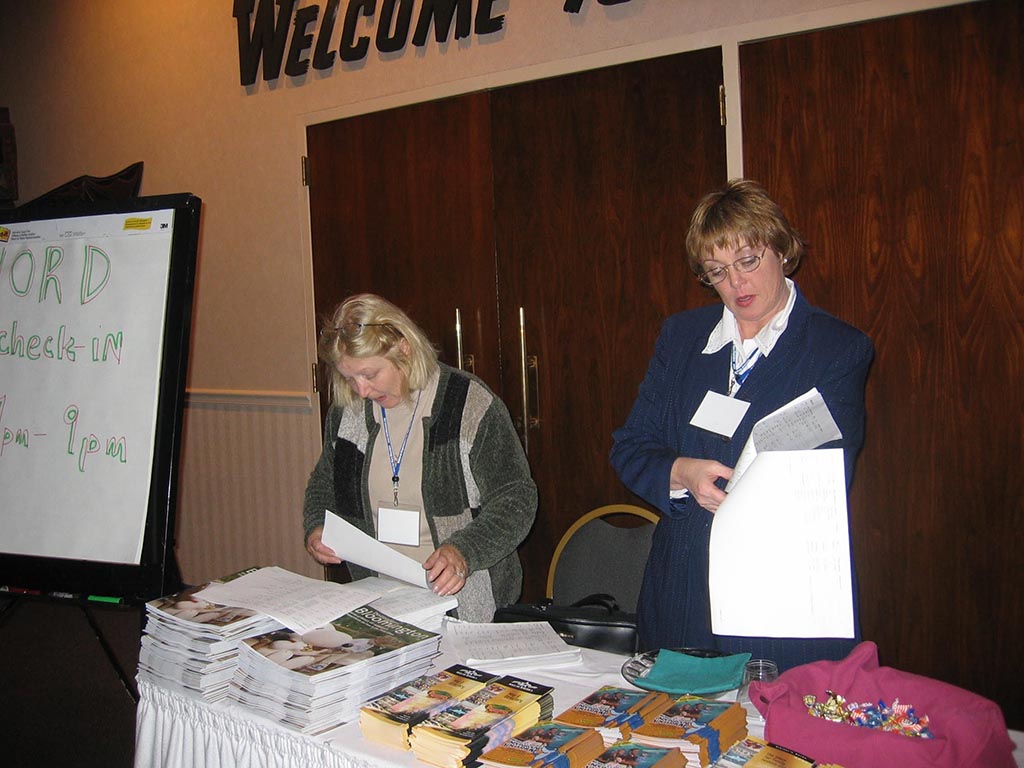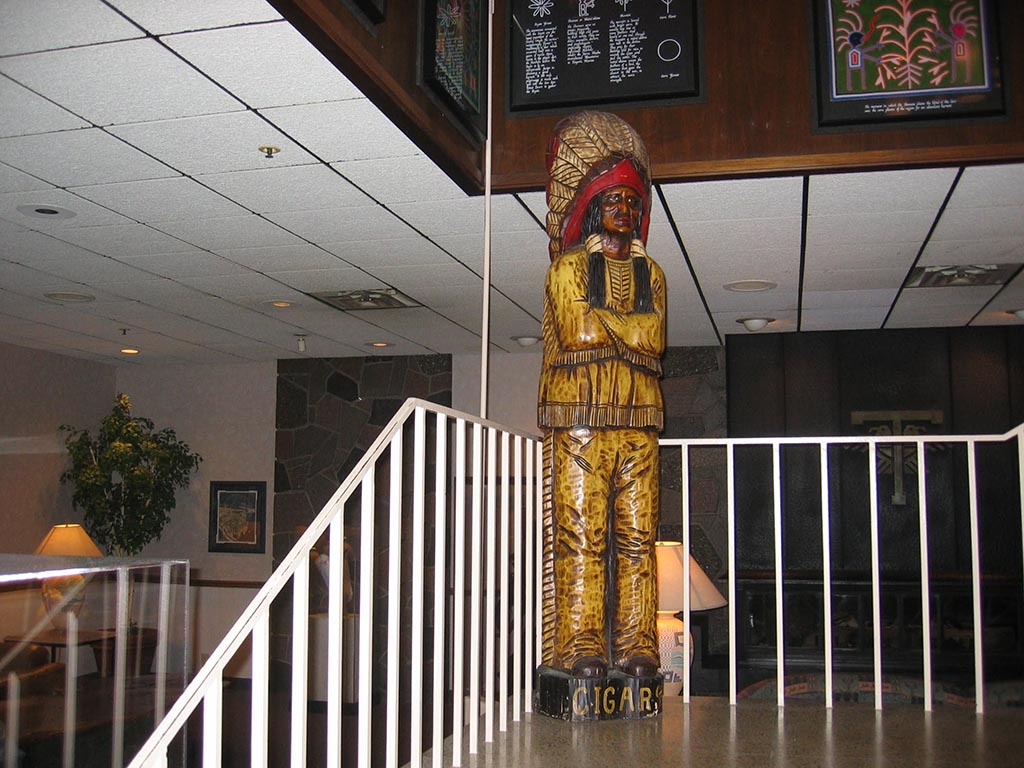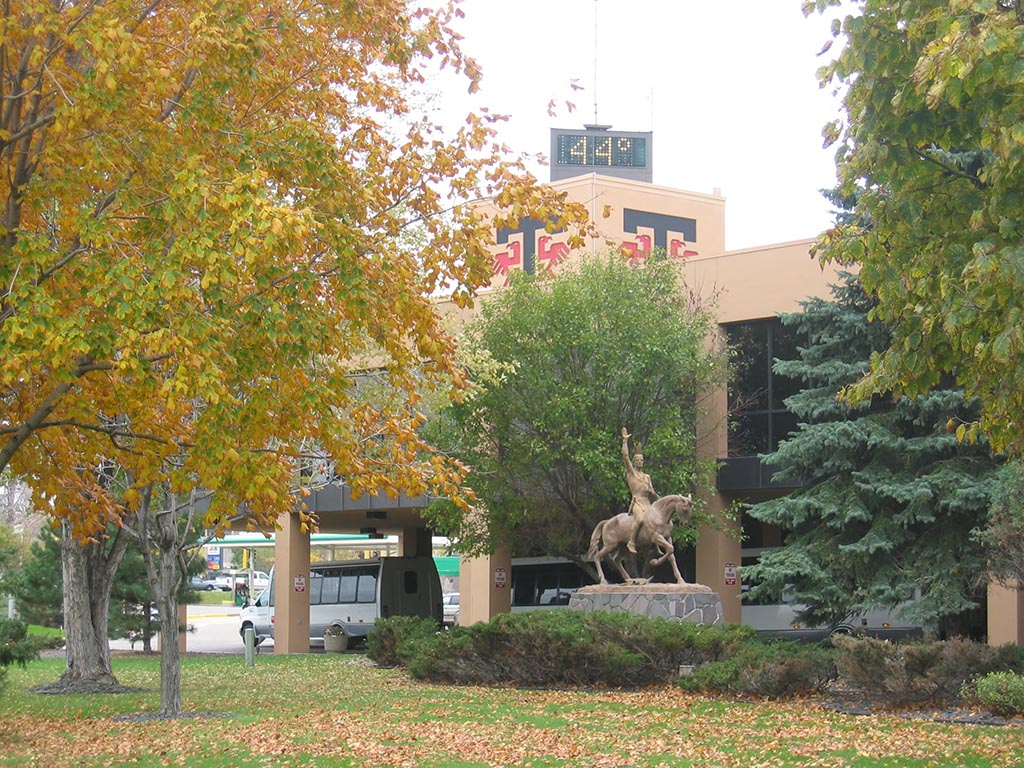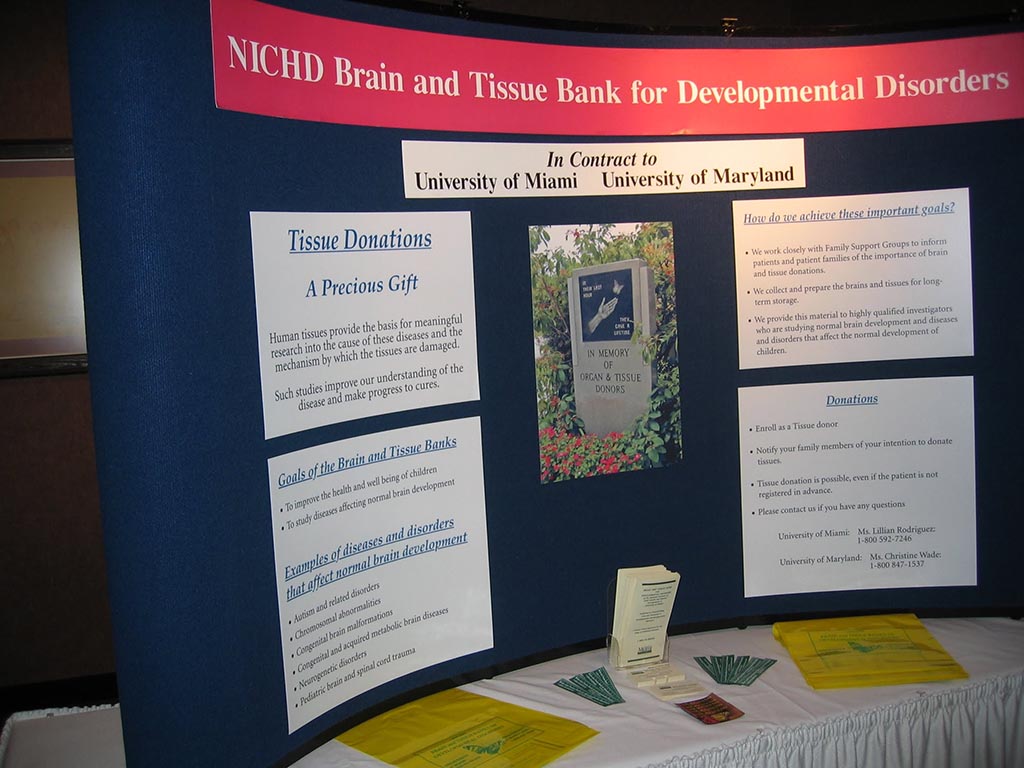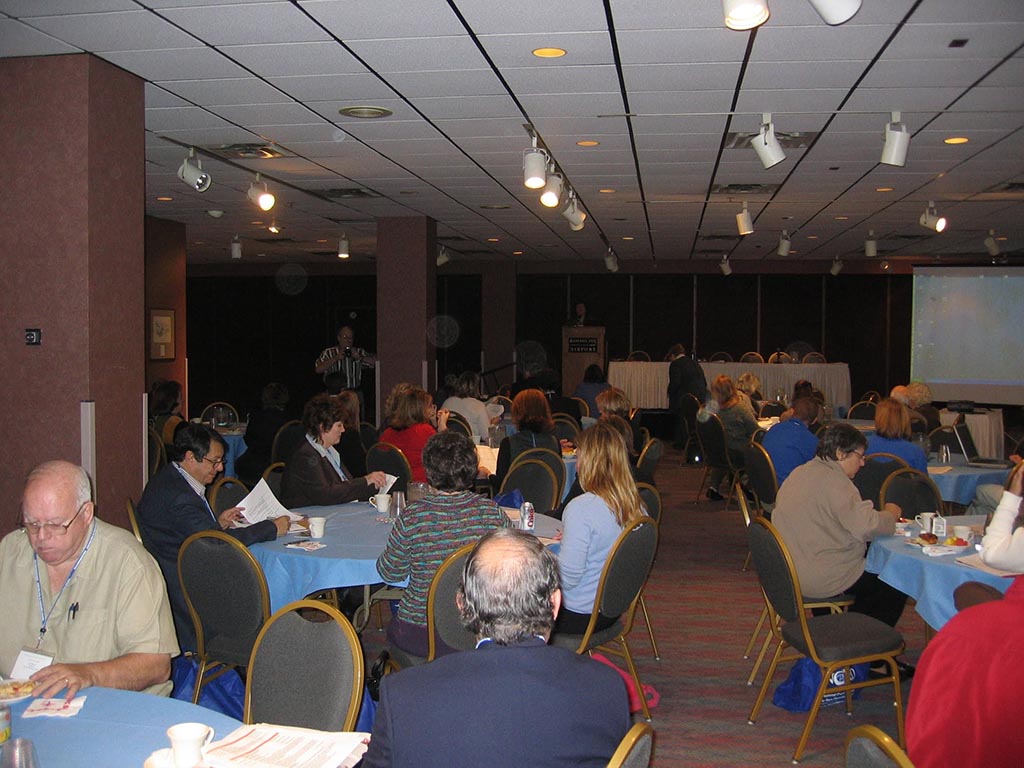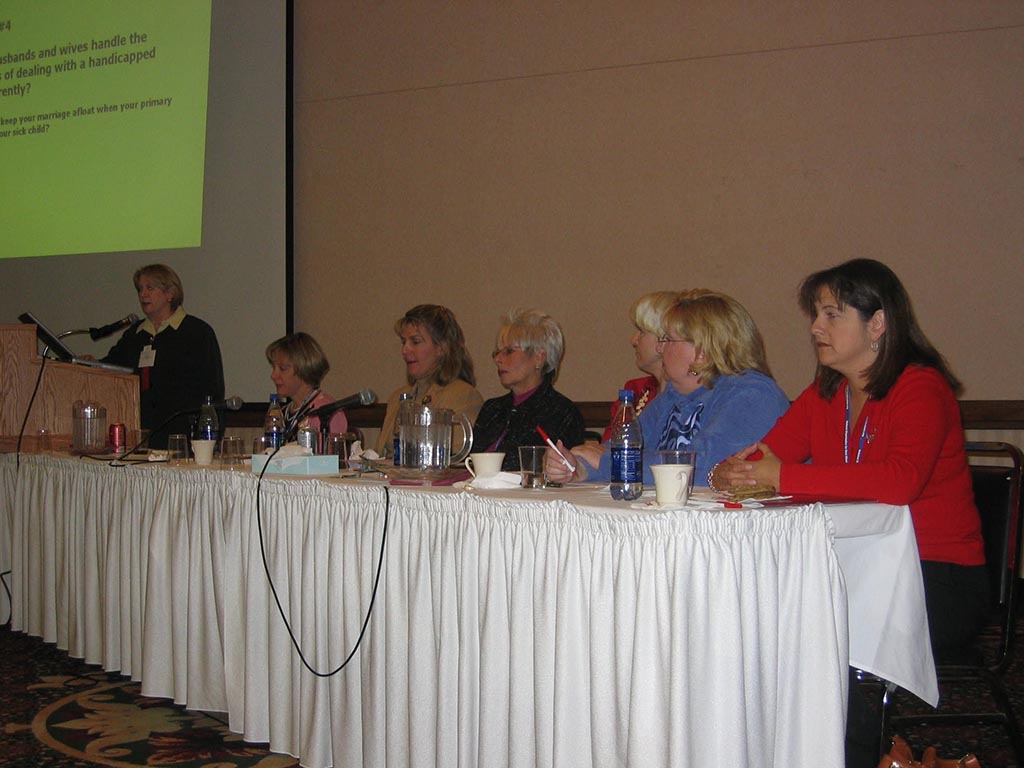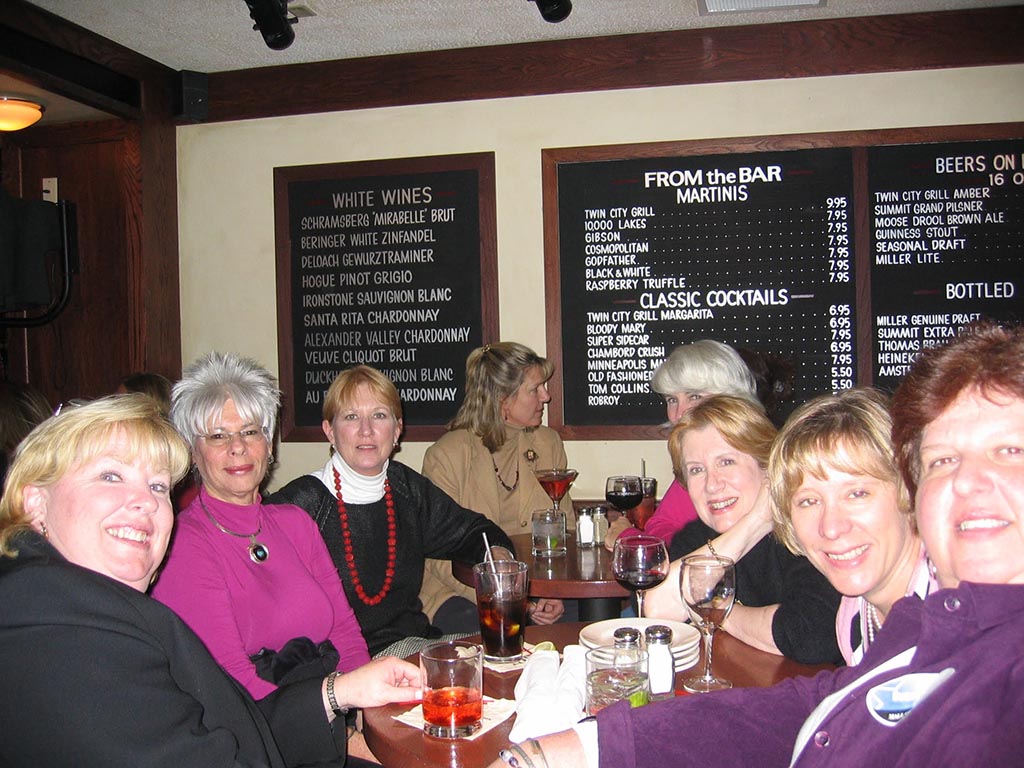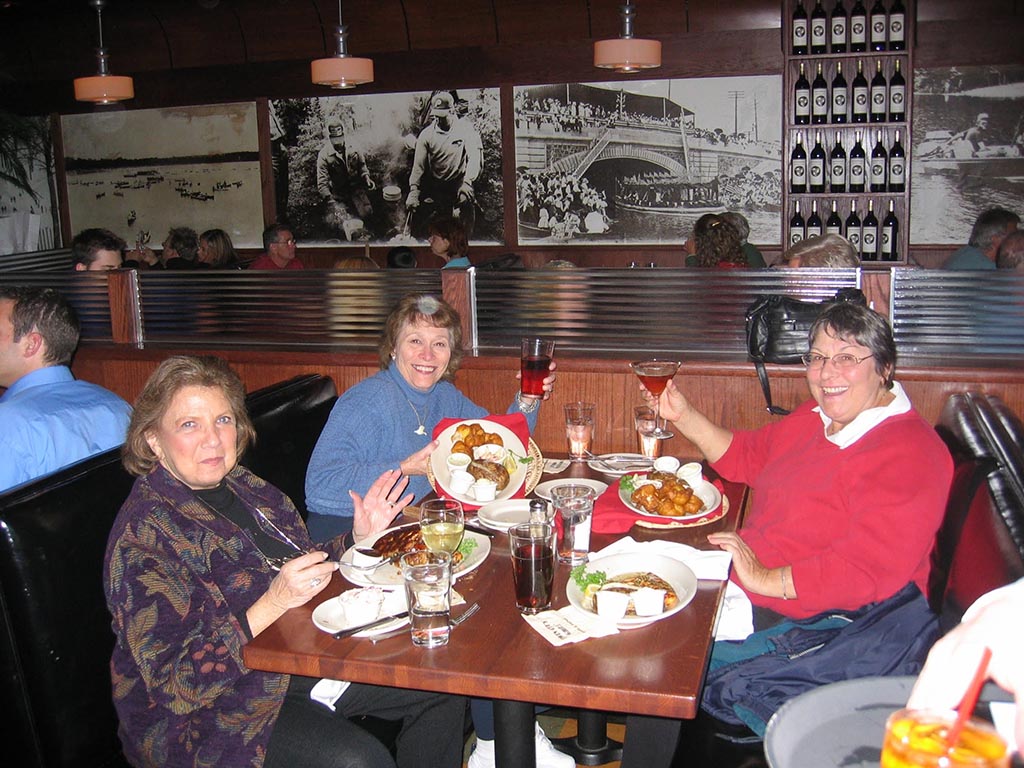From 14 to 17 October, Lex van der Heijden attended a conference of the National Organization for Rare Disorders (NORD) conference in Minneapolis in the USA.
The following is a report of this very intense, emotional and tiring journey.
Approximately 180 participants – mainly from the USA – attended the conference. Of these, there were two from Europe and one from Colombia.
This trip had several purposes, the most important was “networking” with the aim of establishing contacts with other patient organizations and organizations that are important to patients organizations.
NORD is an American organization dedicated to helping people with rare diseases both in and outside the USA. We are members of both NORD as EURORDIS. The latter is in fact the European equivalent of NORD.
NORD was founded in 1983 and is dedicated to the identification, treatment and cure of rare diseases. For more information about NORD: www.rarediseases.org
NORD has built a huge network consisting of various government agencies, physicians, researchers, pharmaceutical companies and patient organizations. At present there are 130 not-for-profit organizations affiliated with NORD.
This conference was organized in collaboration with the National Institutes of Health (NIH). The theme was “Together ~ One Voice”, with “cooperation” at the core of this conference.
Many presentations were given by leading physicians and researchers, patient organizations and representatives from NORD, NIH, Food & Drug Administration (FDA).
Both NORD and NIH support research projects outside the USA, which could be of great interest for our organization.
Many serious diseases were reviewed during the session, but the most gripping part included personal stories recounted by some of the mothers who were there. Several children died as a consequence of some of these diseases and they gave an account of the lessons they have learned and how they deal with the loss. Below are some comments that will undoubtedly evoke associations:
- Guilt. What did I do wrong?
- Uncertainty.
- Learning to deal with a new language: the medical language.
- The difference between women and men in terms of processing and expressing emotions.
- Appreciation of the little things that a child does, like laughing.
- Dare to ask for help.
Exhibition
During the conference a separate room was set up where organizations could present themselves and provide information. Both patient organizations and pharmaceutical companies made full use of the facilities.
Here is an overview of some patient organizations exhibitors.
- Alagille Syndrome Alliance. This is a disease that affects the liver, heart, lungs, eyes, face and other organs.
- Moebius Syndrome Foundation. This is a disease that causes paralysis – especially of the face – and other defects.
- NICHD – Brain and Tissue Bank. This organization collects (brain) tissues used for research.
- Sturge-Weber Foundation. This skin condition is – like CMTC – a vascular abnormality. There is also a chapter in the Netherlands.
Sessions
Besides a number of plenary sessions there were also smaller sessions which ran simultaneously, and which were usually repeated in the afternoon to allow everyone the opportunity to attend as many sessions as possible..
Friday was particularly focused on issues such as the current status of biomedical research and treatments. Many were present, among others NORD, NIH and FDA. These presentations were naturally focused on and intended for an American audience, but they also gave insight into how U.S. business is regulated in the medical field.
Regarding the current status of research, I attended a session in the field of neurological, metabolic and orthopedic diseases. Three doctors in particular presented:
- Dr. Charles Peters
- Dr. Kent Reinker
- Dr. Susan Winter
One session showed rather succinctly why rare diseases actually so difficult to study.
The number of patients is very limited.
Doctors and researchers usually have no interest in rare diseases for various reasons.
Lack of financial resources.
The smaller sessions, which were held in parallel, covered the most diverse topics. A list of the topics that were discussed during the parallel sessions follows.
I personally attended some of these sessions. Some of the presentation material is available for members and doctors on our website.
- Property planning for special needs. This includes tips on legal and financial matters in the context of the future of a family that special (e.g., medical) needs.
- The transition from a child with a disease to an adult.
- Communicating with your doctor.
- Making lemonade from rare disease lemons. How you can transform grief and anxiety in a positive way.
- Fundraising.
- Legal problems for non-profit organizations.
- Partnering with industry.
- Managing a website and database for the organization.
- Improving awareness of the organization.
Summary
Finally, thanks to the gingerbread, waffles, chocolates and marzipan that we brought along with us, our organization has become more familiar to various other organizations. I also had business cards and distributed a considerable number. I got to know the leaders personally – especially from NORD and NIH – which is very important for future activities. They know how to find us, and that means that others seeking information about CMTC from them will too.
